Peruvian cuisine and a strong sense of national pride are topics that seem inextricably connected to those who think of Peru. But it wasn’t always this way. This is a nation that struggled with terrorism throughout the 1980s and 90’s. The Shining Path, and Tupac Amaru leftist groups were known for the brutal grip they kept on rural Peru. The idea being that if you could control the supply of food to a country’s large cities you would hold control of the entire country. Strategies such as the burning of crops in the fields, culling entire herds of cattle, and threatening farmers with their lives for attempting to go to market with their produce were employed widely. Aside from the obvious effects that bombing and murder may have on a country, this economic terrorism had a more subtle effect on the culinary culture of this country during these dark times.
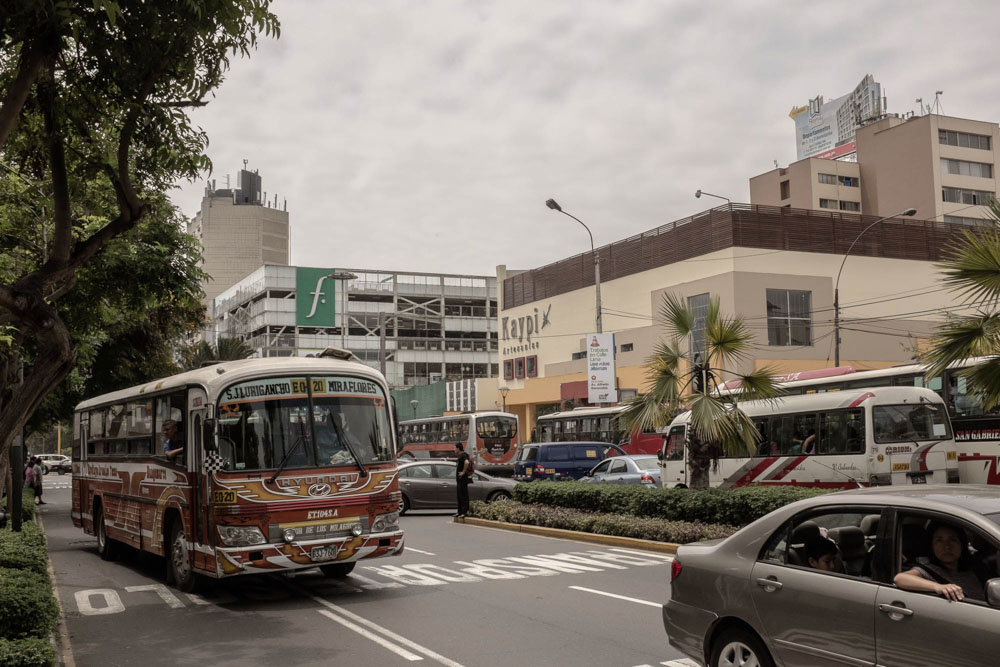
Chef Mitsuharu Tsumura of Maido—one of the restaurants we visited while in Lima—was born in 1981 and remembers a time when the local markets had no fruit, maybe one type of rice or potato and usually no seafood or fresh produce. This is a far cry from the modern state of the markets we observed, bursting with aisles upon aisles dedicated to jungle fruit, fish, vegetables and anything else you might be able to dream of.
The turnaround began in 1994 when the Shining Path was losing power and a new generation of chefs including Gaston Acurio stepped onto the scene. He returned from his studies in France and opened Astrid & Gaston with the woman he fell in love with while training abroad. Acurio is now easily the most well known culinary personality of Peru, but his real claim to fame is being one of the first to recognize the buried culinary heritage of his country. Within four years of the opening of his ostensibly “French” Astrid & Gaston, he had morphed it into one meant to unearth and showcase the amazing potential his country represented. They found themselves nurturing important relationships with existing farmers and enticing others to rediscover the trade. This focus on humble agricultural products would become the foundation of a growing cultural revolution.
Twenty years later this has opened the country to a wealth of lost products and made it one of the most exciting culinary scenes in the world. With the backing of a cadre of young chefs including Mitsuharu Tsumura and Chef Virgilio Martínez of Central, they have created a thriving food scene. In a country that has just under 4000 identified varieties of potato you could find exactly one just twenty years ago. On our recent visit we identified more than 20 at a major supermarket and more than we could count in the dedicated isle at a large neighborhood market in Lima.
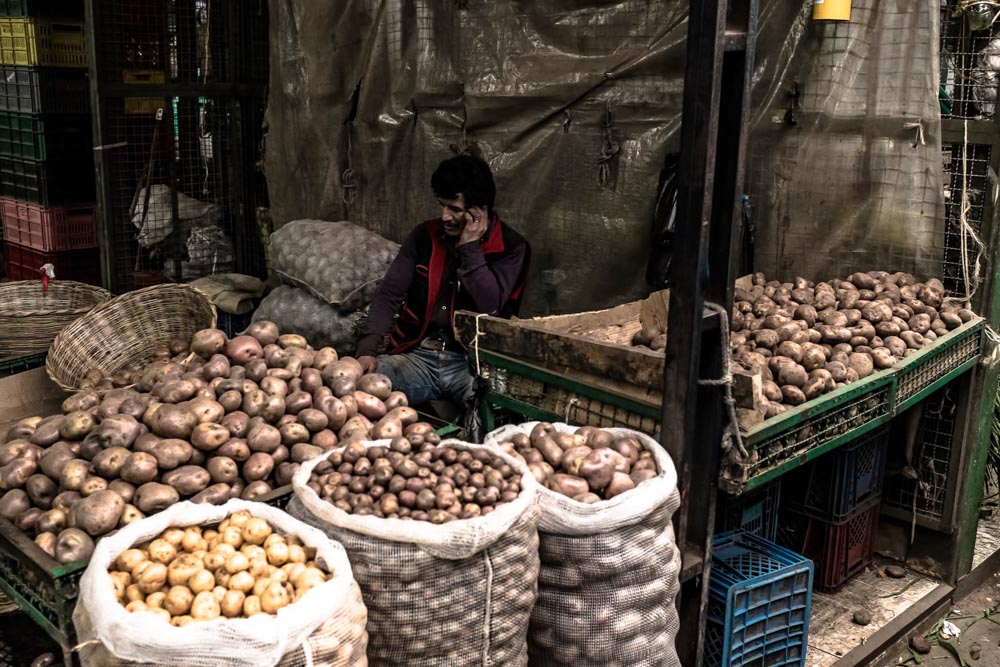
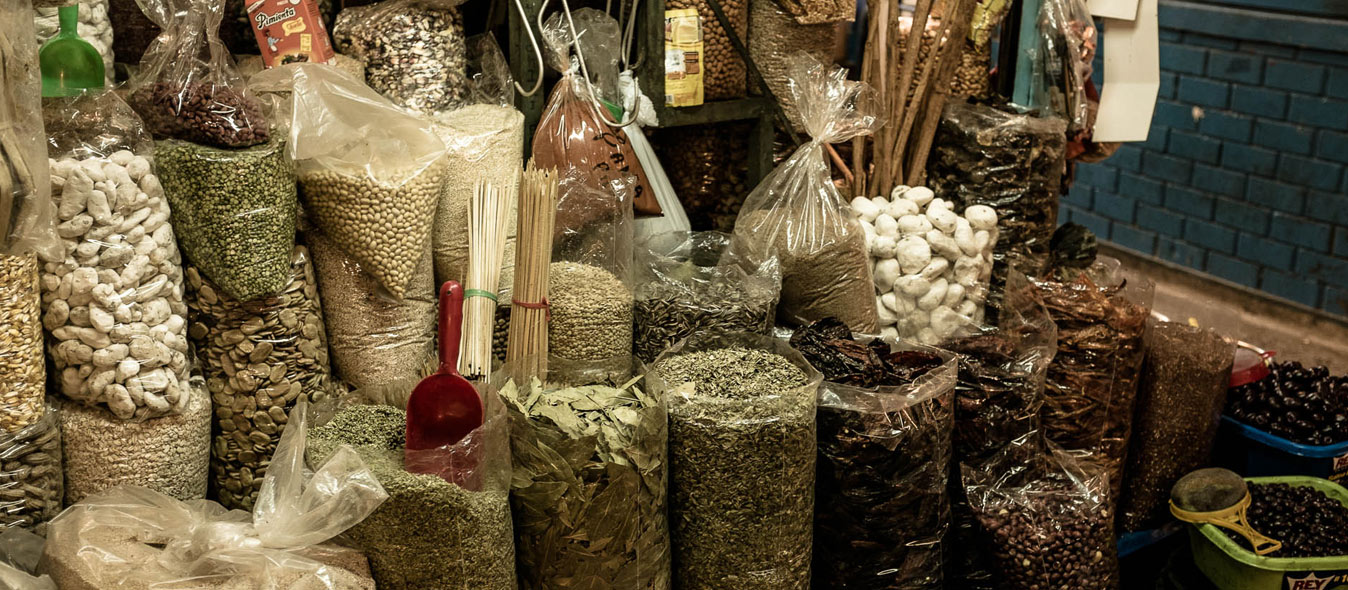
Peru’s landscape has 85 individual climates, with enough different terrains that you could grow almost anything. From coastal fisheries, to the cool mountain pastures of the altiplano, all the way down to the steaming jungles of the Amazon. You find an incredible variety of altitudes and temperatures with each area specifically suited to its own production. Combine this with farming practices introduced before the Incas and then continued & perfected by the generations after and you are left with a country that boasts an exceedingly dense culinary heritage. Peru has an almost entirely organic farming structure; and has been able to say this much longer than organic has been a buzzword. Farmers are able to farm sustainably and with minimal irrigation thanks to work done hundreds of years ago. The Incas did an incredible amount of research on farming practices. One of the most interesting examples of this is the Incan agricultural laboratory known as Moray high in the Andes to the south of the country. This area was likely used to cultivate new varieties of plants more suited to the harsh climate of the Andes, as well as acting as one of several seed-banks kept by the Incas. This research is still paying off thousands of years later.
Many of the chefs we visited in Lima travel all over the country to visit the farms they source from, working with the growers to plan for the next years harvest. This partnership allows the chefs to experiment and play with new ingredients while keeping the farmers actively included, and knowing that they are important to what is happening in the big cities. Farmers are the backbone of this country. Small family farms make up a significant part of Peru’s economy and, surprisingly enough, these farms are economically viable even when not producing for a luxury market. It’s a stark contrast to the United States where large factory farms have become the unfortunate norm.
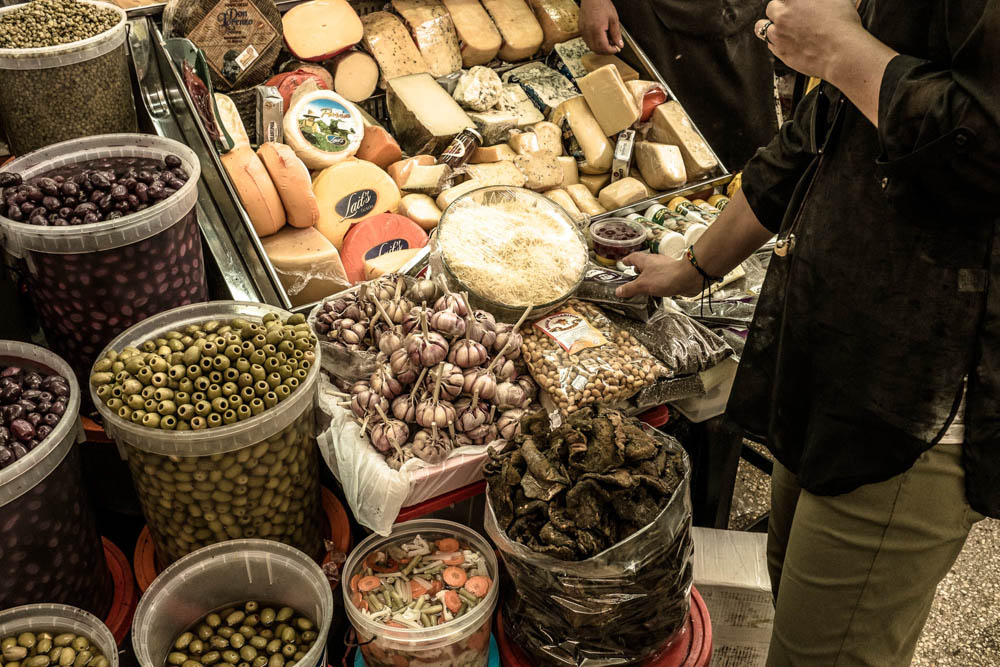
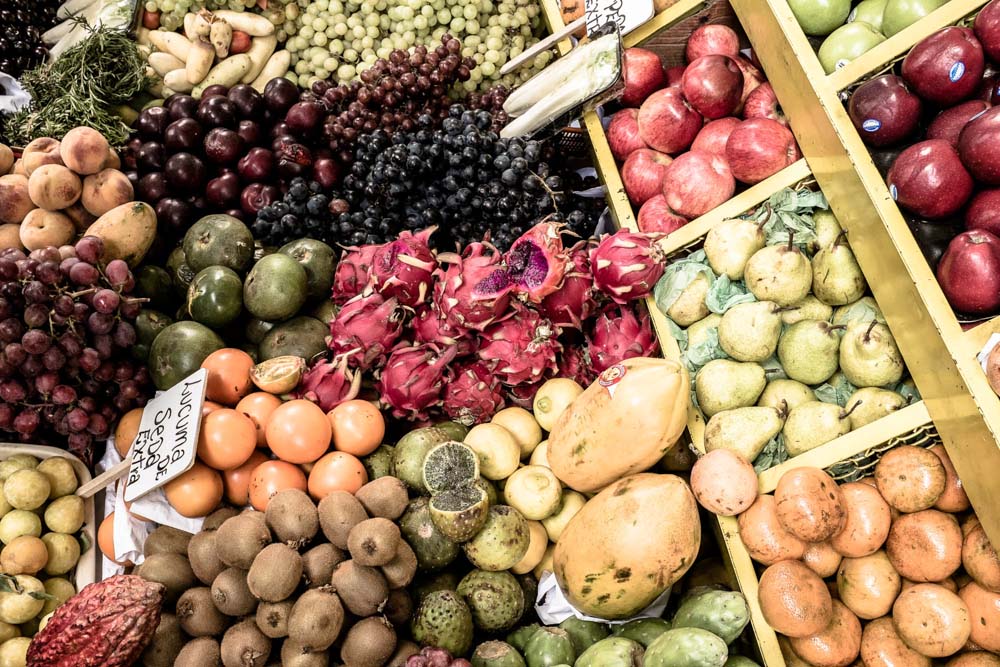
Peru has one of the greatest wealth disparities in South America but it’s fascinating to see what a positive influence upscale restaurants can have in the communities. The restaurants provide employment, set up nutrition clinics, offer free cooking classes for elders and introduce kids to native ingredients. There is a project currently in the works with public schools to create lunch programs with locally sourced ingredients, not only putting money in the pockets of local farmers but teaching a new generation about its heritage and how to feed itself well.
The chefs also work personally with fishermen, helping to spread sustainable techniques, what season is best for specific fish, and helping them keep their equipment in tip-top shape. Peru suffered massive fishery collapses in the 1970s and 1990s, due not only to ocean temperatures, but to overfishing and education has helped bring these back to some extent.
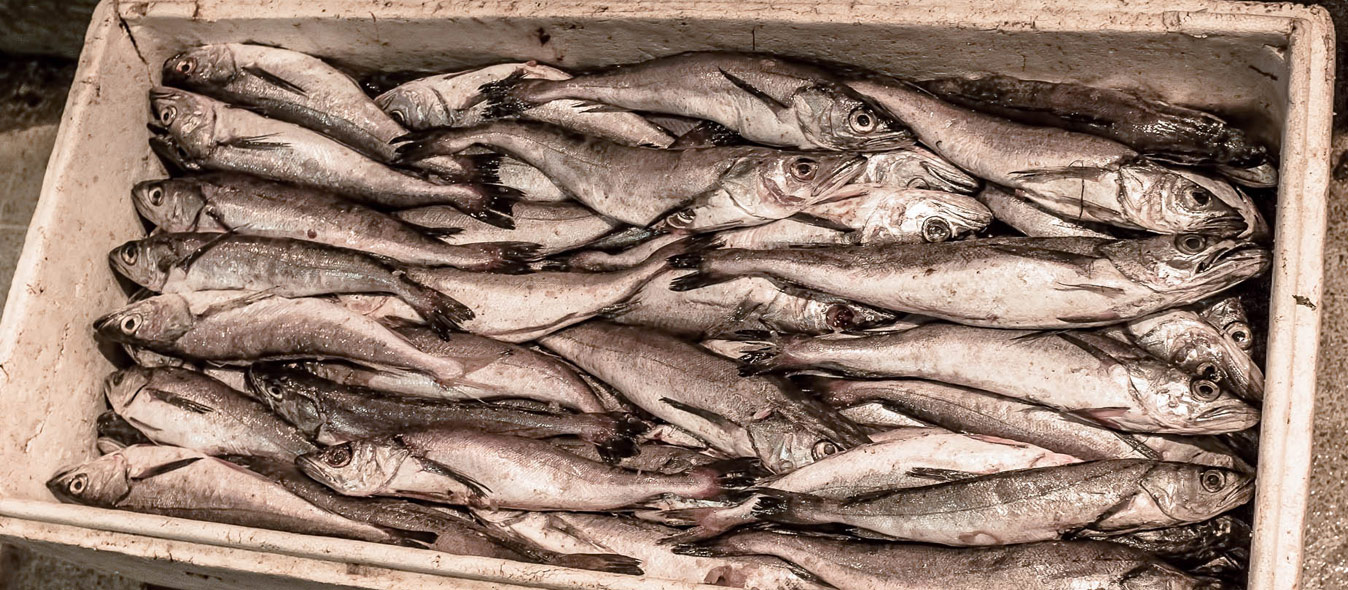
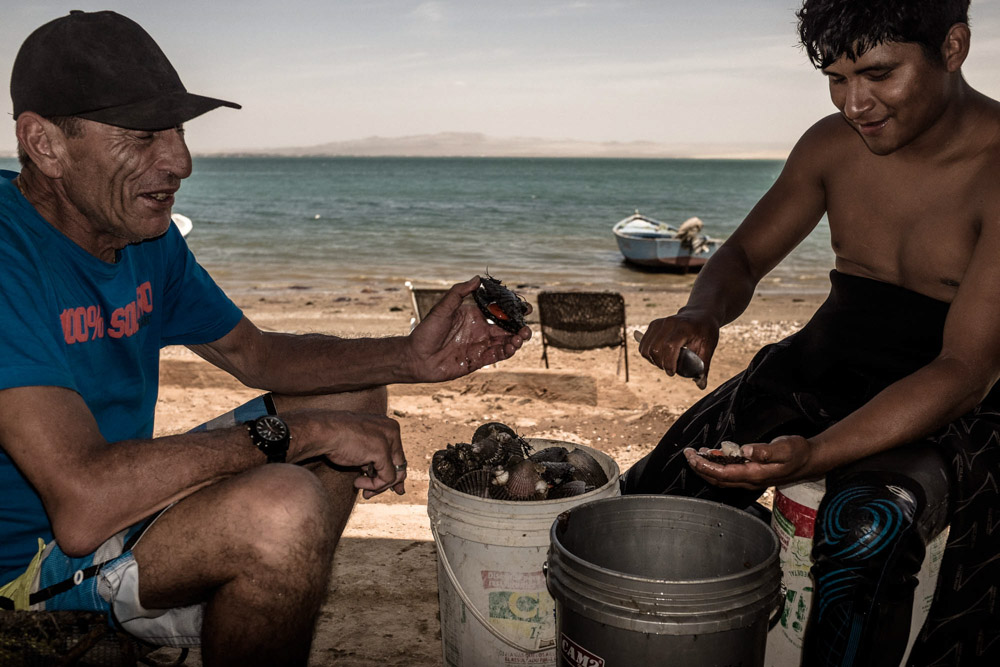
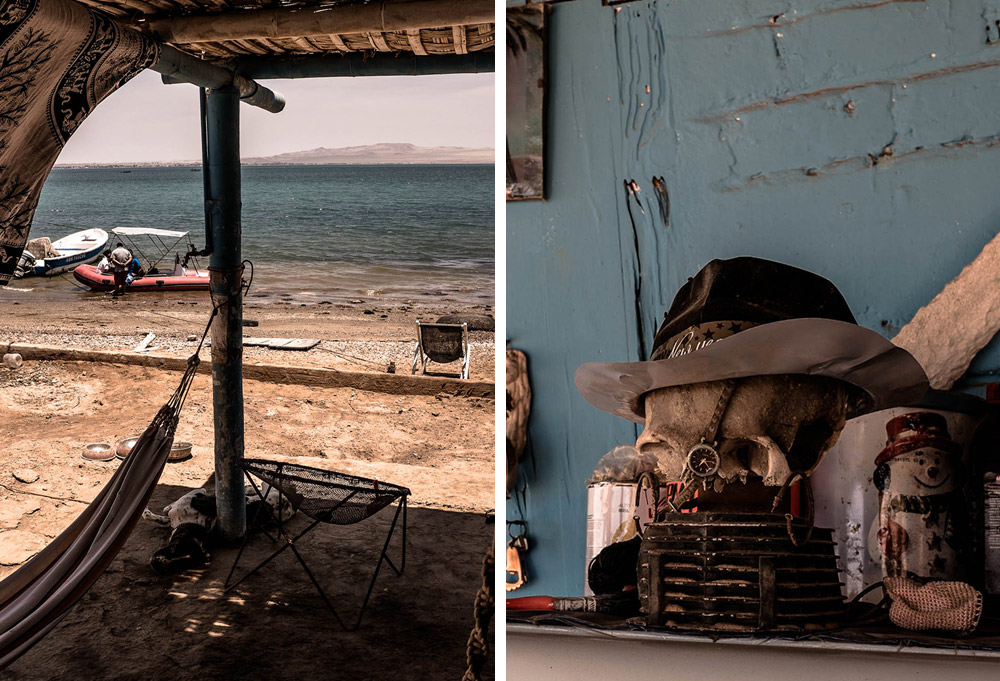
Amin Morcos is a scallop farmer that we visited South of Lima, he has his scallops featured proudly on several menus in town, and is now known by name to many of the chefs. He personally drives his product up live from Paracas and is a great example of this change from commodity agriculture to something more bespoke.
The influences don’t stop here, these restaurants use only Peruvian furniture, dish-wear, cutlery, uniforms and feature Peruvian artwork on the walls. Many Peruvians used to believe that products made in Peru were by nature inferior to global brands but now there is a national stamp that marks everything Peru-made. It has become a source of pride that they can take the multitude of varied cultural influences and working together become a force to be reckoned with. The list seems endless of how Peruvians are lending hands to one another, all holding onto a shared belief that since they were all at the bottom together during the 80’s, they should all be at the top together rising as a whole.
The positive influences of high-end food seem to ripple across the nation and it was a joy to dine at Maido, Astrid & Gaston and Central. It really felt like we were witnessing the proof behind the words we have heard and read. The menus proudly feature the regions where the inspiration for the dishes was drawn from and spoke of the pride of this growing country and it’s mixed culture.
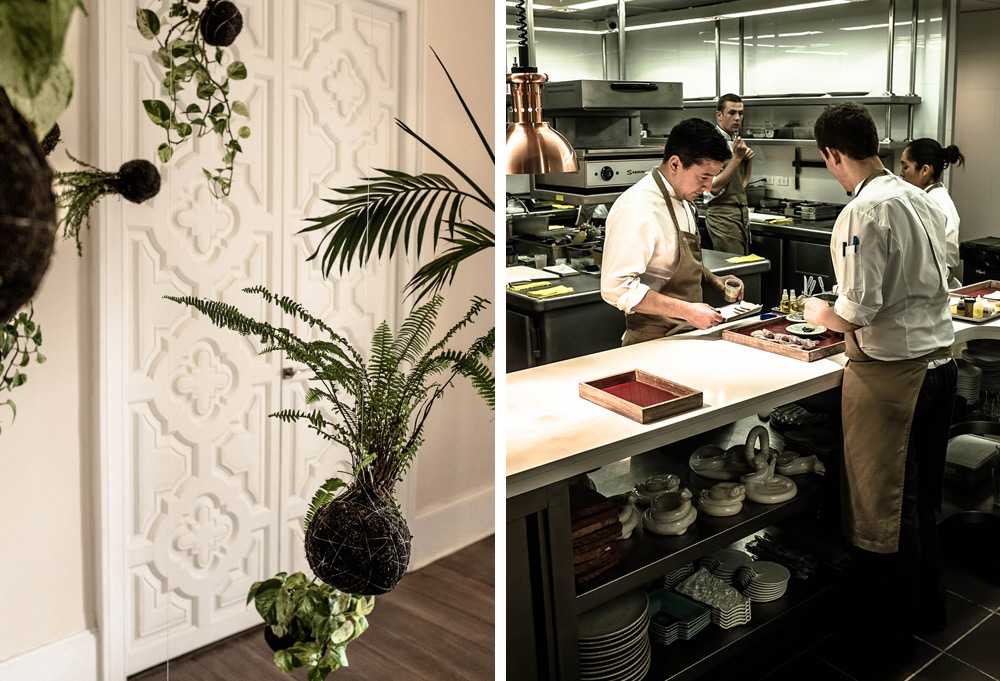
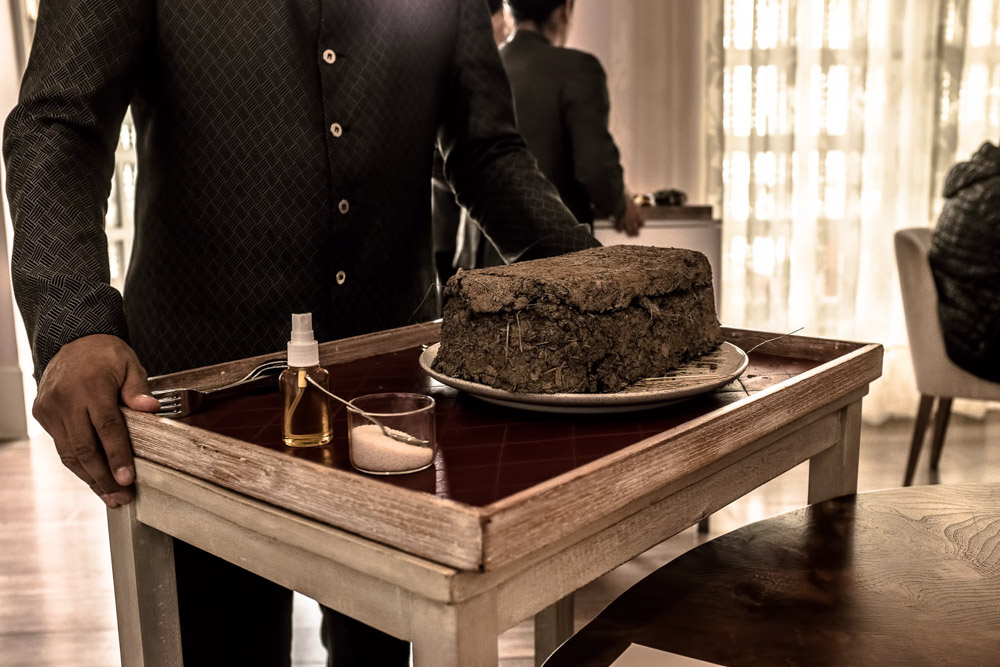
Recently Michael Bauer wrote about the importance of food and specifically the current crop of high-end restaurants to the countries cultural heritage in the San Francisco Chronicle. The massive backlash made it obvious that the restaurants at the cutting edge of the United States food scene are seen by many as nothing but havens for the rich. This of course ignores the effect that these restaurants have on dining and how we eat as a whole, but it does show us that maybe more needs to be done in terms of community engagement. Peru is showing us how it’s done, with the communities welcoming the progress and change that these cultural hubs represent and displaying their pride in them.
It really is inspiring to see what a positive influence food and food culture can be to a nation. It surpasses just nourishment and becomes source of pride and a reason for the next generation to be better; in the land, the farmers, the artists and the chefs, every person operating together to create a vision of what the future can look like.
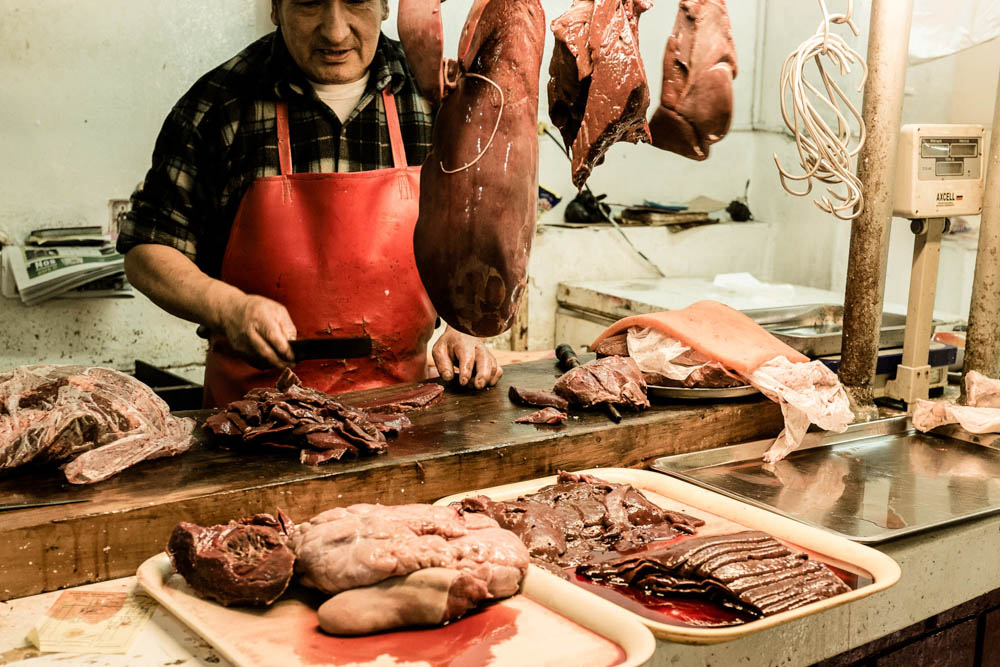
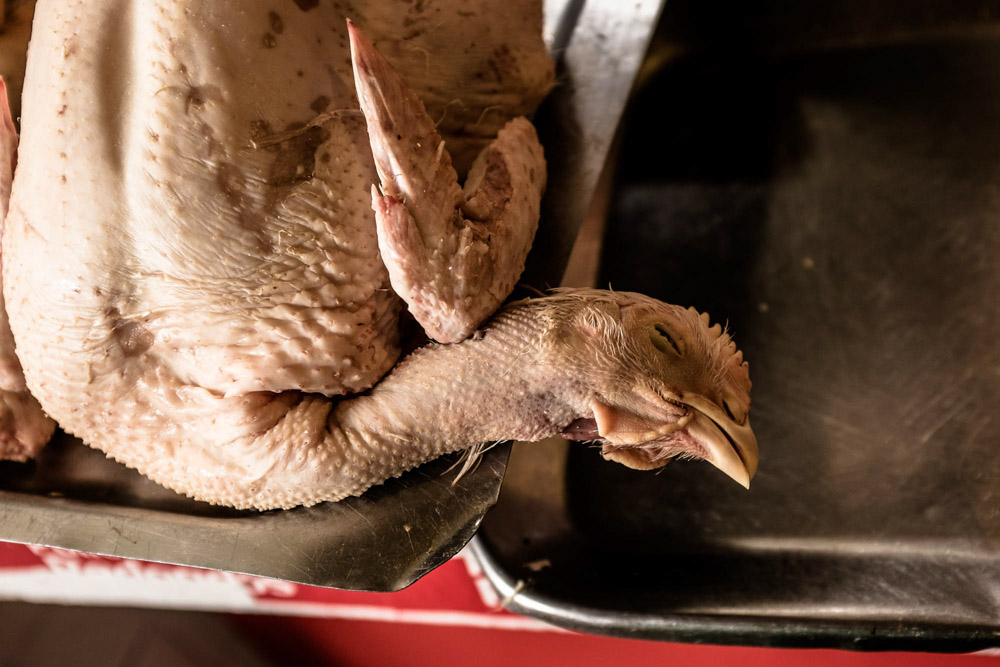
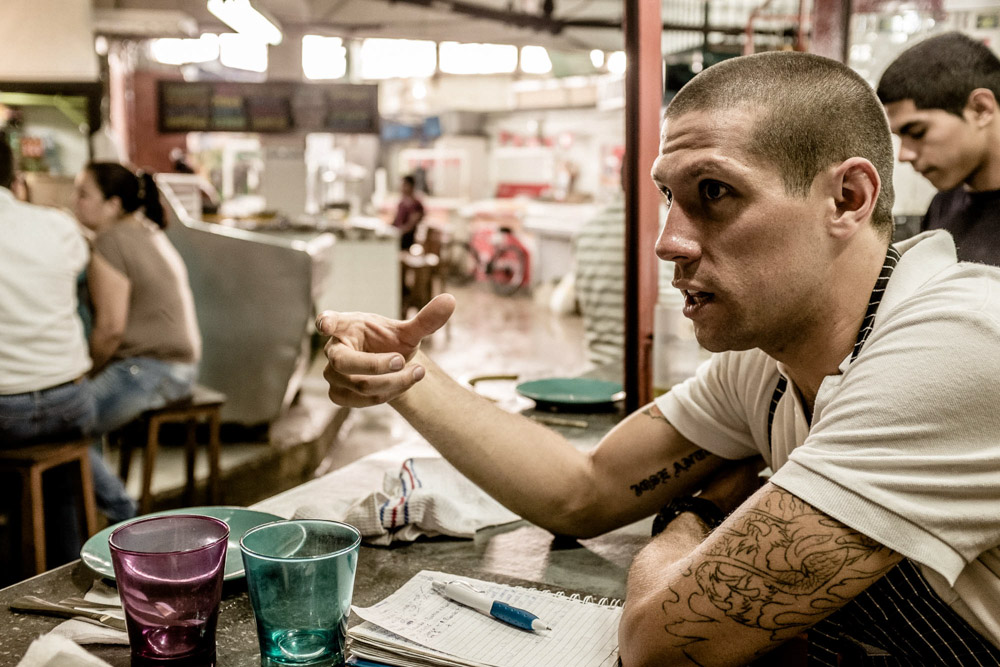

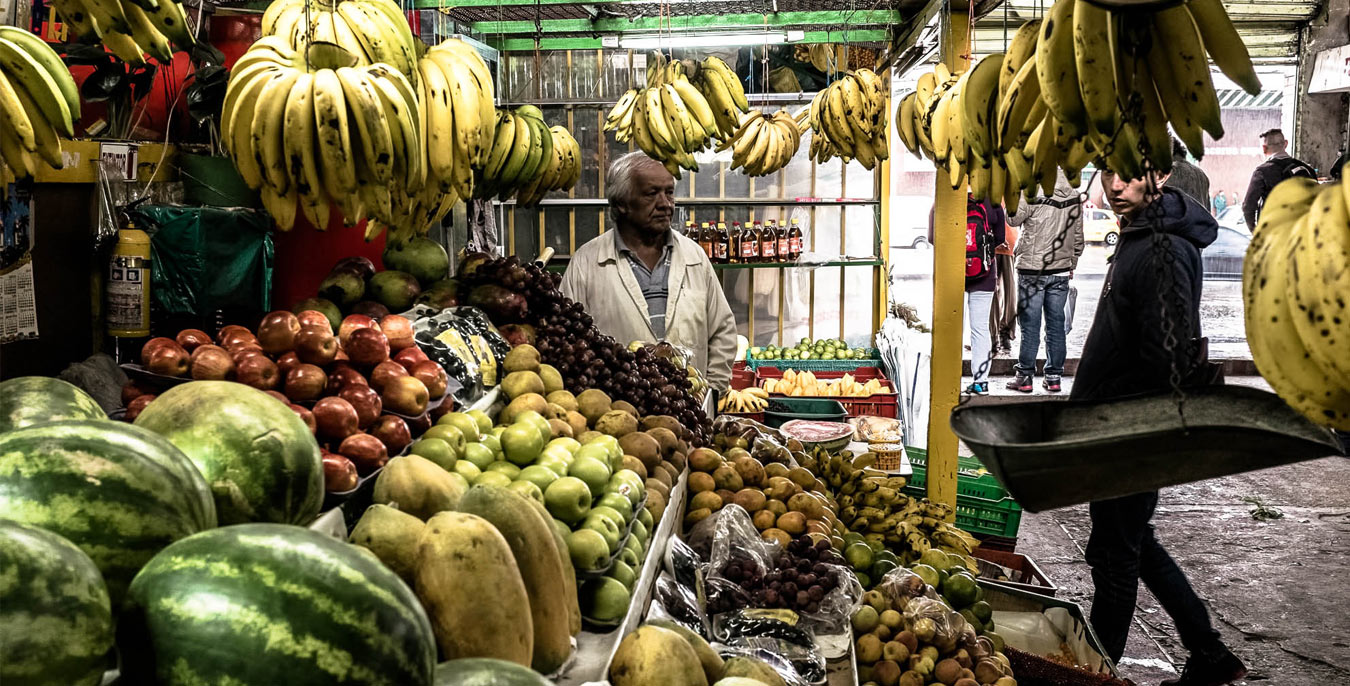

Our comments section is for members only.
Join today to gain exclusive access.